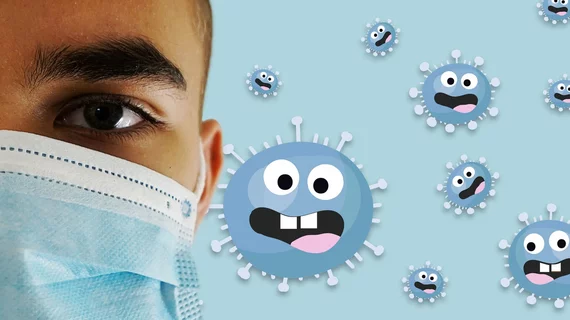COVID-19 hospitalizing more children, raising new worries about resources
Pediatric hospitalizations for COVID-19 are on the rise around the U.S. And although the rate of increase varies widely by state, researchers tracking the trend are concerned about shortfalls in transferable resources when case spikes occur.
The researchers, from the University of Minnesota, had their findings published in JAMA Pediatrics this month.
Drawing data from their institution’s pandemic tracking project, Pinar Karaca-Mandic, PhD, and colleagues analyzed COVID hospitalizations in 22 states that reported cumulative overall admissions and cumulative pediatric admissions per 100,000 persons between mid-May and mid-November.
They found the most alarming single percentage increase during that timeframe belonged to Utah. The Beehive State saw a 5,067% jump in pediatric COVID admissions.
Similarly, Arizona’s pediatric COVID hospitalizations swelled 4,000%.
Nationally, the researchers found, the average increase was 760% (from 2.0 pediatric hospitalizations per 100,000 persons in May to 17.2 in November).
No state in the study saw a decrease in pediatric hospitalizations for COVID.
Karaca-Mandic and co-authors note their reliance on data from only 22 states as a limitation in their study design. This weakness was offset, they suggest, by the studied states representing a collective population of 29 million children.
“Adult, and especially geriatric, incidence of COVID-19 continues to dominate the national picture, but pediatric populations may require resources that are not readily available across the country,” the authors comment.
“As conversations around in-person education continue,” they add, “hospitalization growth may offer reasons for concern.”
In coverage of the research by a Fox TV affiliate in Arizona, a family-medicine physician underscores the need for watchfulness around local returns in-person schooling—especially while new COVID variants are spreading.
“I know from reports from my pediatric colleagues that they are starting to see their hospitals get pretty overwhelmed with children with COVID,” Andrew Carroll, MD, tells the station. “When you have something that is just so darn contagious go up by about 50%, those people that thought they couldn’t get sick, those people are getting sick now.”

